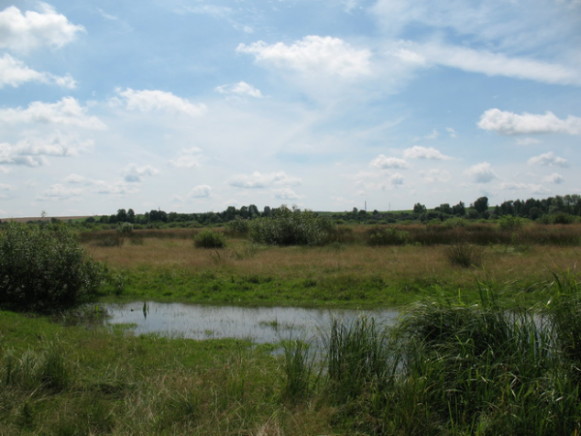Berestia land
Berestia land [Берестейська земля or Берестейщина; Beresteiska zemlia or Beresteishchyna]. The northwestern part of Ukrainian ethnic territory, bounded by the Buh River, Prypiat River, Yaselda River, and Narva (Narew) River. Its main cities were Berestia, Dorohychyn, Kobryn, and Kamianets. From 1080 to 1150 the land belonged to the Turiv-Pynsk principality, later to the principality of Volhynia, and after 1320 to the Grand Duchy of Lithuania. From 1569 to 1795 it constituted the Brest-Litovsk voivodeship of the Polish Commonwealth. After the third partition of the Commonwealth (1795), the territory was annexed to the Russian Empire. In 1842 the territory of the Berestia land was assigned to Hrodna gubernia. According to the terms of the Peace Treaty of Brest-Litovsk of 1918 the territory was to belong to the Ukrainian National Republic, but by the end of 1918 that region had been occupied by the Poles and became part of Polisia voivodeship. Following the Second World War the territory of the former Berestia land was divided between Poland, the Belarusian SSR, and the Ukrainian SSR, with its capital city Brest (formerly Berestia) located at the southwestern tip of the Belarusian SSR. In 1897 an estimated number of over 170,000 Ukrainians lived in the Berestia region. According to the 2009 census, some 40,000 Ukrainians live within the boundaries of Brest oblast in Belarus, but the real number of people of Ukrainian origin in this region is considerably higher.
[This article was updated in 2013.]
.jpg)

